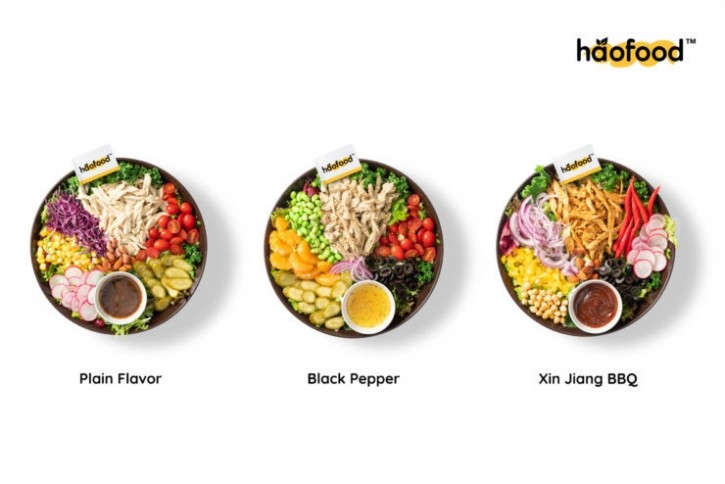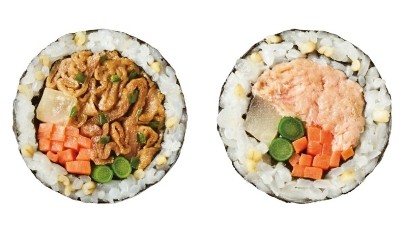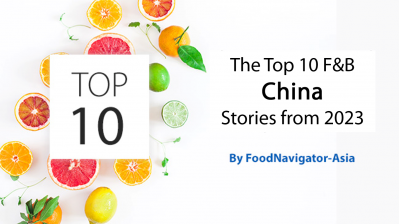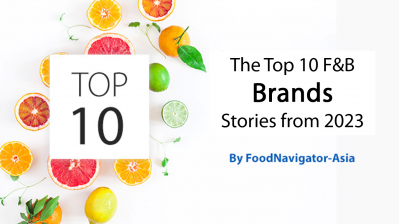Clean and clear: China’s Haofood optimistic about plant-based growth despite dwindling hype

Claimed to be China’s first clean label plant-based meat producer, Haofood admitted that there is “a long way to go” before Chinese consumers would incorporate such alternative-protein products into their everyday life.
“Plant-based protein is not something very new to Chinese consumers. After all, China is the birthplace of tofu. There was a lot of hype about plant-based meats when they entered the market a few years ago. Unfortunately, the hype has slightly diminished, partly because many companies were focused on rebuilding their businesses post-pandemic, so there has been less room for innovation.
“Nevertheless, I’m still optimistic about the growth of this sector. I believe that plant-based meats will have a sweet spot for consumers in China, especially as they get more and more health-conscious. This is just the beginning — we need to keep innovating so that consumers can benefit more. There is still massive consumer education to be done,” Astrid Prajogo, founder and CEO of Haofood, told FoodNavigator-Asia at Growth Asia Summit 2023.
She added that there is a need to increase awareness of the differences between plant-based meat and “old-style vegetarian meat”, and the advantages of plant-based alternatives.
At the same time, it is crucial to identify the barriers that are stopping consumers from adopting a plant-based diet.
“Research has shown that the key considerations for Chinese consumers when purchasing meat are health and safety, followed by taste and quality, and last but not least, price. We need to first understand their concerns and drive our product innovations to address them.
“For instance, the use of additives to deliver meat-like flavour and texture is a major hurdle in convincing consumers to include plant-based meat in their daily diet, as it is perceived as unsafe and unhealthy. Furthermore, the gap in taste between plant-based meat and regular meat remains an issue. It doesn’t make sense to buy a product that doesn’t taste as good as meat but is more expensive.”
To change these perceptions, Haofood places emphasis on the clean label concept by being transparent about its ingredients list and manufacturing processes.
“The food industry in China is very strictly regulated when it comes to food safety. In general, if we can prove via third-party testing that our product is free from additives, we can put it on the label.”
A harmonious mix of nutrients and flavours
After months of research and technical improvements to the high moisture extrusion (HME) processing method, Haofood created two variations of its first product Carefree Pulled Chickless that claim to be free from preservatives and additives.
In particular, the peanut-based version — only available in China and Singapore — boasts a savoury flavour, and is said to be high in protein and low in calories, fat and sodium.
Compared to other types of plant protein, peanut protein has the highest content of glutamic acid (19.9%) and aspartic acid (14.1%), which are amino acids known to enhance flavour and provide health benefits.
“Free glutamate is found in kelp, tomato and cheese. Sodium glutamate, commonly known as monosodium glutamate, is a widely used flavour substance. As glutamine promotes the synthesis of protein and nucleic acid, glutamine supplementation can help with muscle growth and recovery.
“Aspartic acid exists in natural foods such as bamboo shoots, and can play a synergistic role with other delicious materials. It is one of the amino acids closest to the tricarboxylic acid cycle (a series of chemical reactions that generate energy) in the human body.”
In addition, peanut has the highest digestibility score of around 94 compared to other types of protein, which means that it would not cause bloating.
Although the HME method enables moisture retention, the firm added coconut oil to its formulation to further enhance juiciness to address the frequent complaint of dry texture in plant-based meat.
Instead of artificial flavourings, ingredients such as corn powder and mushroom are used to mask any ordour and boost the umami flavour. For a more meat-like taste, Asian spices like pepper, chilli, ginger and cumin are also used as seasonings.
“Different ingredients have varied functional properties that complement one another, so it is best to keep them working together. The consideration that we have during processing always goes back to moisture. Temperature control and good mixing are very important to make everything work well. It is akin to performers dancing in sync to present a harmonious performance on stage.”
Appealing to the right audience
Currently, Haofood’s market penetration in China is at the top of the pyramid, with most of its customers residing in first- and second-tier cities, such as Beijing, Shanghai and Hangzhou.
“We found that the majority of our loyal customers are female and millennials, who have a very strong aspiration for their lifestyles, including their choice of food.
“The three main consumer groups that are repurchasing plant-based products are specifically the foreigner vegan community who are committed to reducing carbon footprint and protecting animal rights; the local vegan community who are mostly driven by their religious beliefs; and the weight loss and fitness enthusiasts seeking alternative protein options,” Prajogo shared.
While quality products are paramount, the firm has also taken into account other factors to raise its appeal.
“We have received very encouraging feedback about our products. For the Chickless series, they are best used for stir-frying, and in salad wraps and sandwiches. You can make a wrap by adding some cucumbers or onions and putting a little bit of sauce.
“Less people want to spend time in the kitchen to cook these days, so we made it so convenient that only a microwave is needed for our products. Moreover, our plant-based meat is priced 50% to 60% lower than the average of other brands’.”
Haofood’s line-up also includes meatless dumplings, while it is in the midst of developing other products such as plant-based beef, pork and tuna.
















